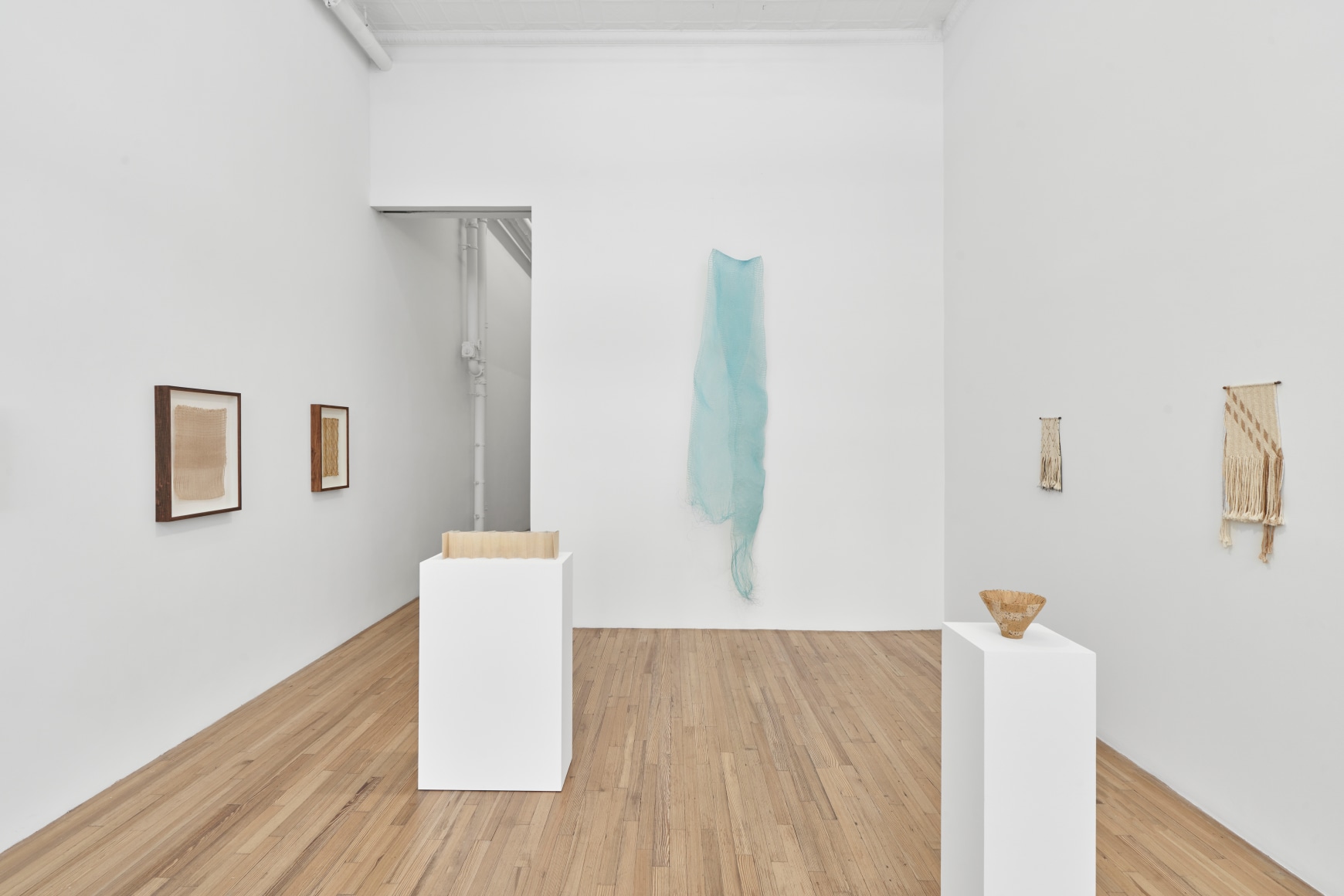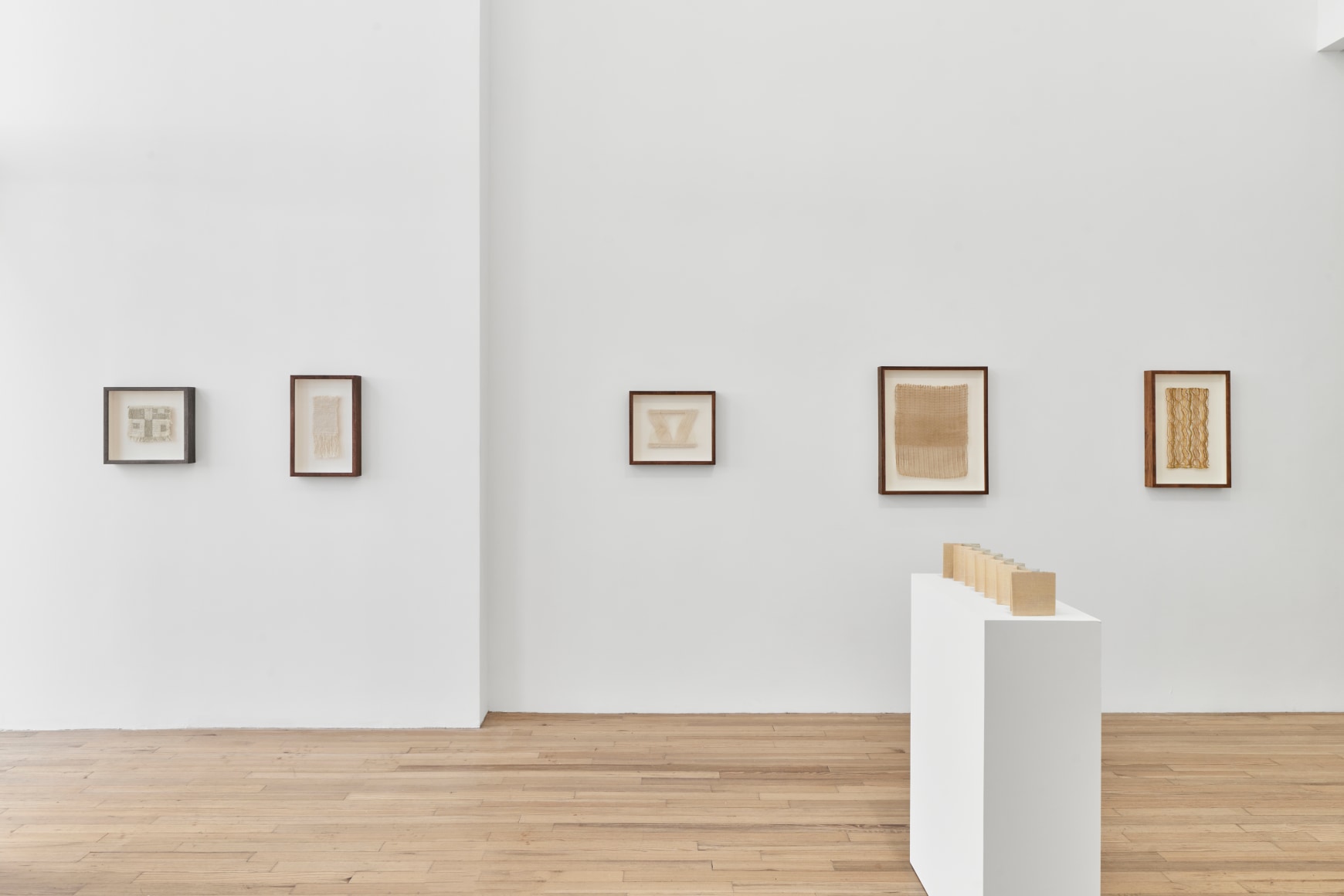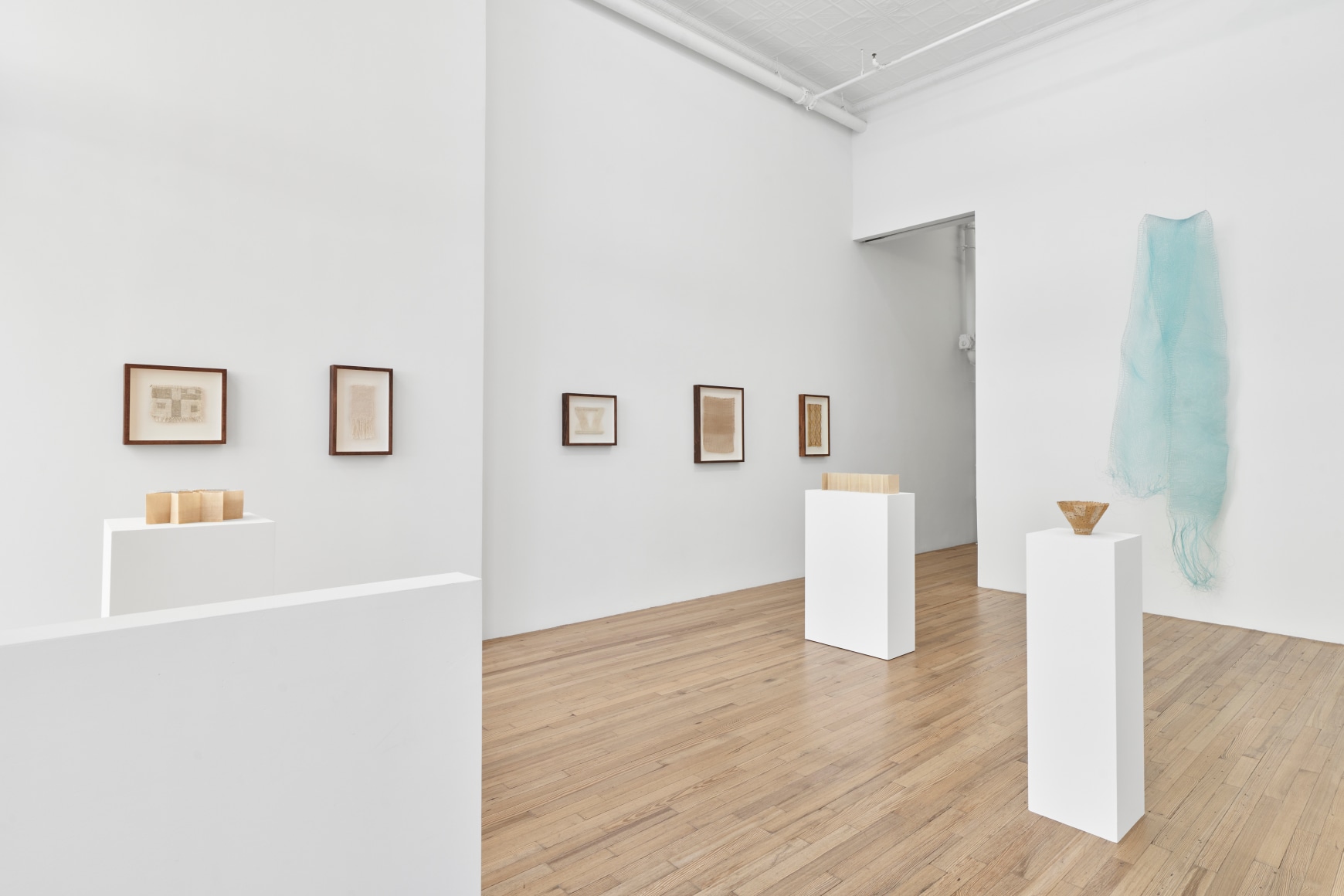
Kay Sekimachi, A Personal Archive
September 5 – November 1, 2025, Andrew Kreps Gallery, 394 Broadway, New York
Photo: Kunning Huang

Kay Sekimachi, A Personal Archive
September 5 – November 1, 2025, Andrew Kreps Gallery, 394 Broadway, New York
Photo: Kunning Huang

Kay Sekimachi, A Personal Archive
September 5 – November 1, 2025, Andrew Kreps Gallery, 394 Broadway, New York
Photo: Kunning Huang

Kay Sekimachi, A Personal Archive
September 5 – November 1, 2025, Andrew Kreps Gallery, 394 Broadway, New York
Photo: Kunning Huang

Kay Sekimachi, A Personal Archive
September 5 – November 1, 2025, Andrew Kreps Gallery, 394 Broadway, New York
Photo: Kunning Huang

Kay Sekimachi, A Personal Archive
September 5 – November 1, 2025, Andrew Kreps Gallery, 394 Broadway, New York
Photo: Kunning Huang
